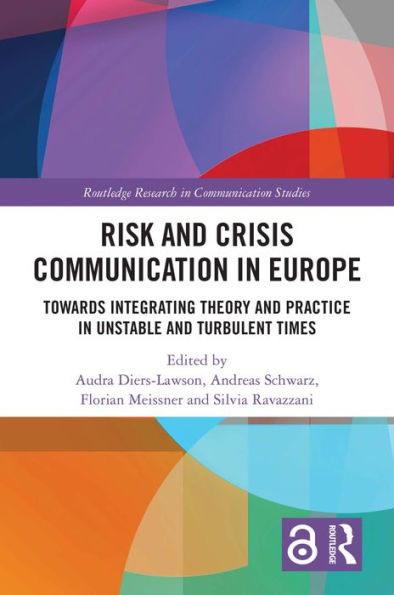Table of Contents
Introduction
Part 1: An Evolving Field – Risk and Crisis Communication in Europe
Chapter 1: A Multi-Motive Risk Communication Model for “Making” Crisis Preparedness
Chapter 2: Marrying Crisis Preparation and Strategic Planning: Definitions and Challenges in Business Practice
Chapter 3: “Sharing is Preparing”: The Role of Information-Sharing in Collective Crisis Sensemaking During the July 22 Terror Attack in Oslo
Chapter 4: A Caring Framework for Crises and Disasters
Chapter 5: The Agents of Resilience: Generativity and Durability of Digital Platforms in Crisis-to-Crisis Transition
Chapter 6: Bridging theory and practice through crisis simulation: A framework designed to address the current development of risk assessment and crisis communication in Romania
Chapter 7: Coordination in Multi-Crises: The German Aviation Industry
Chapter 8: The Arcadia Crisis Postmortem: Lessons Learned for the Fashion Industry in Stakeholder Relationship Management and Value Co-Creation
Chapter 9: Managing a Legitimacy Crisis: Airline Sensemaking in the Context of Flight Shame
Part 2: Lessons Learned from COVID-19 for Risk and Crisis Communication in Europe
Chapter 10: Translating Research to Practice: Identifying Best Practice in Pandemic Communication
Chapter 11: Communication Inequality of Ethnic Groups in Public Health Crisis: State of the Art and Model of Community-Based Crisis Response
Chapter 12: How to do Evidence-Informed Risk Communication During an Emergency: Experiences from a Pandemic
Chapter 13: The Role of Culture in Risk and Crisis Communication Management: The Case of Switzerland and the Governmental Communication during the COVID-19 Pandemic
Chapter 14: The Finnish Government’s Strategic Ambiguity in COVID-19 Pandemic Communication: A Case Study
Chapter 15: The COVID-19 Pandemic in the Polish and British Media: A Content Analysis
Chapter 16: Information Seeking Repertoires in Migrant-Dense Swedish Suburbs During the COVID-19 Pandemic
Chapter 17: Understanding What is at Stake: Challenges and Opportunities for Corporate Communication during the COVID-19 Crisis
Chapter 18: Internal Crisis Communication and the COVID-19 Pandemic: Heading Towards a New Future?
Chapter 19: COVID-19 Communication in Portugal: Exploring the Relationships Between Sources of Information and Citizens’ Trust in Governmental Risk and Crisis Communication



